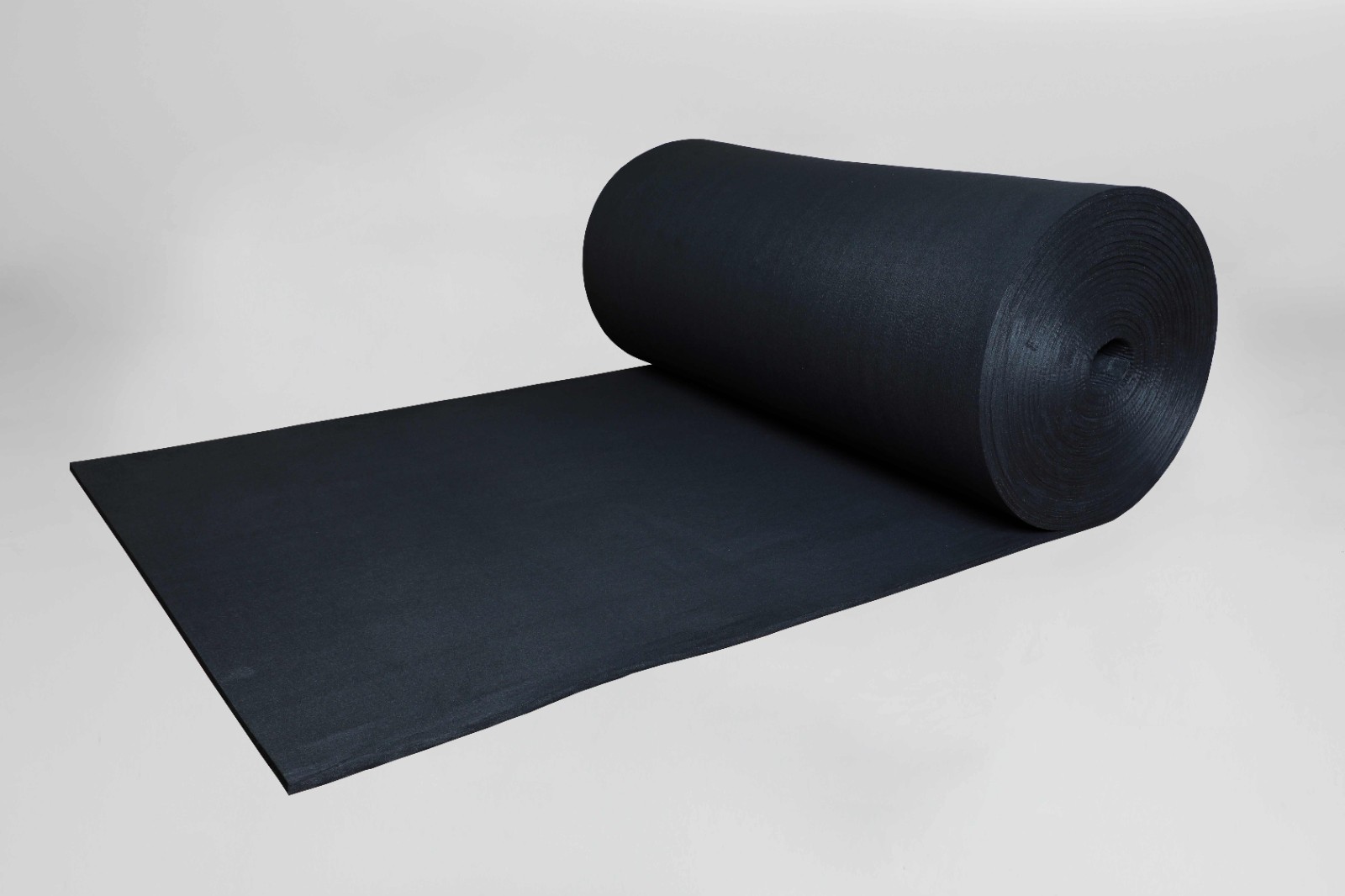发布时间:2024-06-11 发布者:admin 来源:行业动态 点击次数:1619
活性碳纤维(Activated Carbon Fiber,ACF)是一种兼具活性炭和碳纤维的特性的材料,它一般以毡、布等形态被使用。成毡形的就是活性碳纤维毡。活性碳纤维毡的原料纤维主要是黏胶、聚丙烯腈、沥青等,也有使用酚醛、聚乙烯等材料的。
从工艺的角度,ACF的制备可概括为原丝制备、预处理、碳化、活化。但若是先得到ACF再成毡,由于ACF纤维直径小、强度低,可纺织性差,不太合理。
因此,正如普通碳纤维毡一样,活性碳纤维毡的制备一般是将原丝纤维先制成毡形,再进行预处理、碳化和活化。
其中,活化工序是让活性碳纤维毡与普通碳纤维毡产生差异的关键。活化方式分为物理活化、化学活化。在物理活化中,碳纤维毡上的无序碳在800-1200℃下与水蒸气或空气、或二氧化碳发生反应,形成一氧化碳、二氧化碳、氢气等,被带出,碳纤维毡上出现大量孔隙,其中90%是微孔。
大量的微孔让活性碳纤维毡具有比颗粒状活性炭更大的比表面积、更强的吸附能力。
活化工序除了让活性碳纤维毡有了大量孔隙,同时可让其带有含氧官能团等。因此,碳纤维毡经过活化后非碳元素含量提高。活性碳纤维的含碳量为90%以上。
在应用上,活性碳纤维毡可用于环保过滤,作为有机废气处理、水质净化、防毒口罩、敷料等领域的关键材料。并且活性碳纤维毡的吸附以物理吸附为主,被吸附物与活性碳纤维毡之间作用力较弱,因此加热后也易脱附,便于材料的循环利用。
“纯化毡”的名字可能会让人认为它才是被用于净化污染物的材料,实际并非如此。纯化毡一般是指高纯度碳纤维石墨毡。要如何让毡子达到高纯度呢?
首先是原料。为了使成品的纯度更高,需要选择杂质含量本身很低的黏胶纤维、聚丙烯腈纤维等。另外,可对原丝纤维进行处理,如减少其中的金属元素等。
纯化毡的生产工艺包括原丝制备、非织造成型、预氧化、碳化、石墨化、纯化(提纯)。杂质在这个过程中有很多可乘之机,同时,碳化、石墨化、纯化的工序可以将非碳元素逐渐排除。一般黏胶基碳纤维的石墨化温度在1400-2400℃左右。
经过石墨化之后,碳纤维石墨毡的含碳量可达到99.9%以上。后续的纯化将进一步去除杂质,提高碳元素含量。纯化是纯化毡的关键工序。
碳纤维石墨毡的纯化方法主要分为高温热处理法和化学处理法,高温热处理法需要在2500℃下进行,化学处理法也需要让毡子在2000℃的炉体中与氟氯烃反应。
纯化毡要尽可能提高纯度,最终目的就是为了让其更适应于在对纯度要求严格的光伏/半导体等热场中保温隔热。因为如果保温材料的杂质含量高,会造成半导体材料的污染,造成损失。
用于硅单晶生长炉中的碳纤维石墨毡会缓慢氧化、受到硅蒸汽的腐蚀,毡子上的杂质也逐渐增多。硅化的纯化毡的回收也比吸附了杂质的活性碳纤维毡的回收更困难。

高纯黏胶基石墨软毡